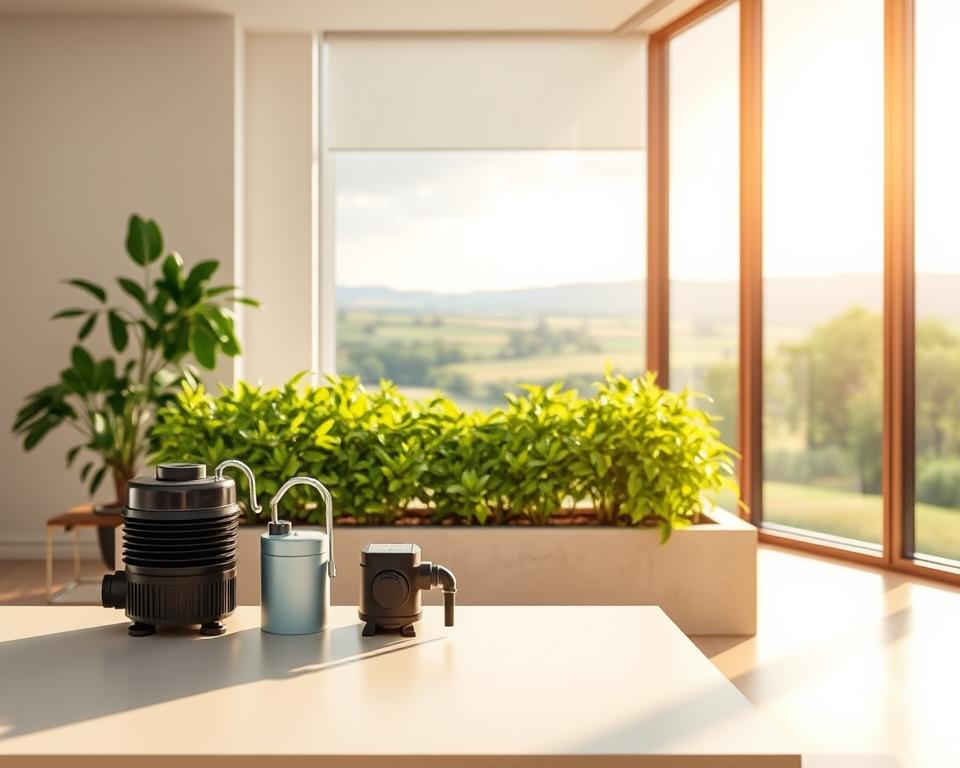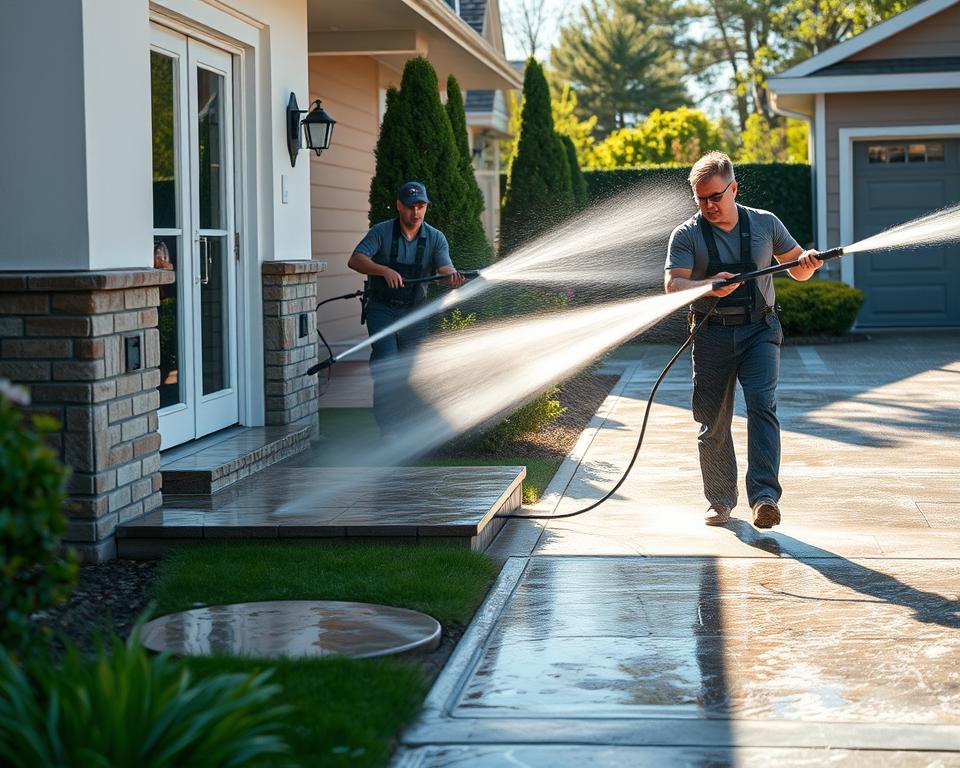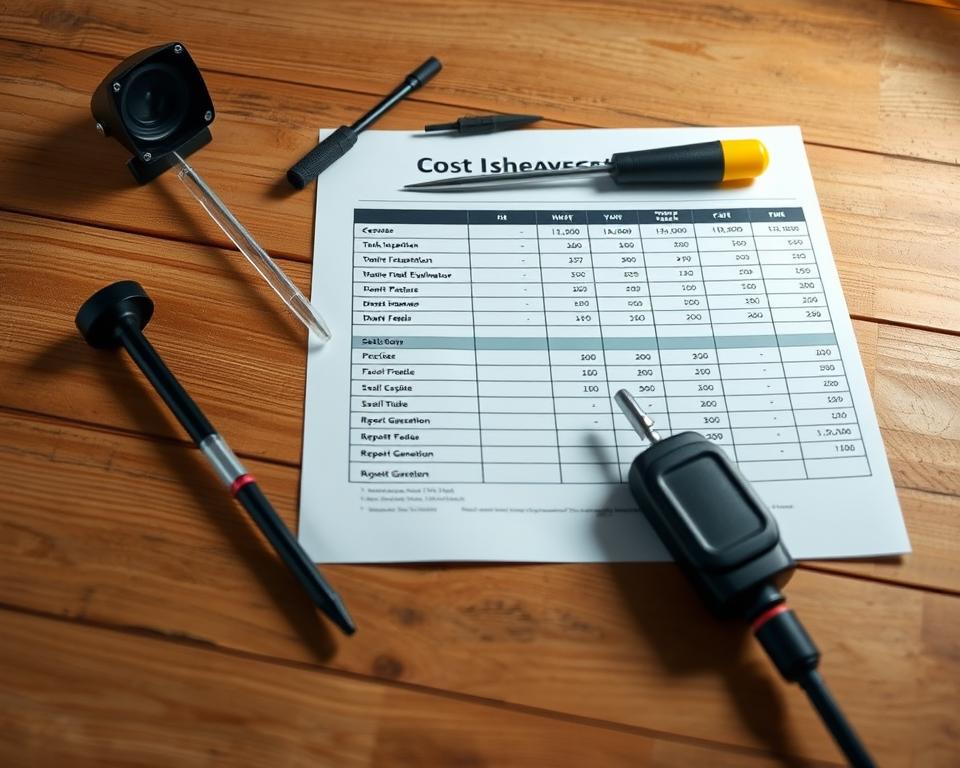Your RV Black Water Tank Pump: Guide and Maintenance Tips
The functionality of your RV black water tank pump is crucial for your travels, have you ever wondered about it? A crucial aspect of your RV’s hygiene system is the black water tank pump. Proper maintenance is crucial for seamless travels. You’ll find crucial information in this guide about managing your RV’s waste water pump. Knowing how vital it is will help you improve its efficiency and further enjoy your RV travels.
Major Findings
- For proper waste handling, the RV black water tank pump is essential.
- Regular maintenance can prolong the lifespan of your RV waste water pump.
- Understanding system components enhances troubleshooting skills.
- For good hygiene and to protect the environment, safe dumping practices are vital.
- Winter preparation of your RV black water tank system helps avoid expensive fixes.
- Maintaining the cleanliness of your RV sanitation pump will help avoid clogs and unpleasant smells.
Grasping RV Water Tank Basics
It’s conceivable that numerous RV owners don’t entirely appreciate the role of different water tanks in ensuring smooth camping experiences using portable RV waste pump. The functions of the RV fresh water, gray water, and black water tanks are important to be aware of. Each plays a unique role and needs proper care.
This tank, the RV fresh water tank, is used to hold potable water. You use it for drinking, preparing food, and personal cleanliness. The cleanliness of this tank and the safety of the water are extremely important. Fresh water is crucial for hydration and health during travels.
Sinks and showers in your RV drain into the gray water tank. It’s possible for this tank to fill up fast, so you need to check it often and empty it. To keep your RV living area clean, it’s important to manage the gray water tank correctly.
As it holds toilet waste, the RV black water tank is of utmost importance. It demands constant vigilance to avoid smells and buildup. The condition of the tank and your experience can be improved by using suitable tank chemicals. Knowing how to care for each tank makes RV trips more enjoyable.
Defining the RV Black Water Tank Pump
Recreational vehicle sanitation systems rely heavily on the RV black water tank pump. Waste is transported by this pump to designated places for disposal. To maintain it correctly and avoid expensive problems, you need to know how it works.
Owners of RVs have a selection of pump types to choose from, including the sewer pump. Many people prefer the macerator pump because it breaks down waste, which speeds up the disposal process. This is especially handy at busy dump stations.
It’s vital to have a high-quality RV black tank pump for proper waste management. It ensures that the RV remains clean and comfortable for occupants. Knowing how your pump works and checking it often will improve your overall RV experience.
The Essential Components of a Black Water Tank System
For effective waste management, it’s vital to understand the RV black water tank system. Many important parts are involved, and they work together to make sure everything runs smoothly. The most vital part is the black water tank, as it holds the waste from the RV toilet. Constructed from strong materials, it’s built to withstand different conditions.

The pump in the system is crucial for moving waste to an official dump site. For those who own RVs, it is essential. Another key component is sewer hoses, which offer a flexible connection linking the tank to the dump station. These hoses are designed to prevent leaks and contain odors, ensuring a clean disposal process.
For the attachment of sewer hoses, which enables effective waste transfer, connection ports are essential. For the management of waste flow, termination valves are essential. During disposal, they stop waste from flowing backward and prevent spills, thus maintaining sanitation.
Knowing about these essential parts helps RV owners keep their sanitation system running well. Having this knowledge is key to fixing problems that might arise during travel or use, which improves the total RV experience.
Using Your RV Black Water Tank Pump Correctly
Knowing how to use the RV sanitation pump well greatly makes better your experience as an RV owner. Operating the black tank properly is crucial for ensuring the system works without issues. Flushing the tank thoroughly after each use is a critical step. By doing this, you prevent solid waste from accumulating, which could cause blockages and other difficulties.
To make sure your RV sanitation pump is working correctly, perform regular checks. Taking this action beforehand can help you avoid any unpleasant occurrences while traveling. Another essential thing is to use toilet paper that is specially made for RVs. This type is designed to disintegrate quickly, reducing the risk of creating clogs.
Another key practice is to keep the termination valves closed, unless you are emptying the tank. This will help keep the smells away. Using tank deodorants and cleaners will also help keep the system smelling good and clean. Adhering to these guidelines improves your experience with the RV black water tank.
| Proper Black Tank Use Practices | Upsides |
|---|---|
| Ensure Ample Water for Flushing | Prevents solid waste clogs |
| Routinely Check the Pump’s Operation | Helps ensure it’s working as it should |
| Ensure You’re Using RV Toilet Paper | Decreases the likelihood of clogs |
| Keep Termination Valves Closed | Helps keep odors down |
| Using Tank Deodorants and Cleaning Agents | Helps the system stay clean and smell good |
Essential Maintenance Tips for the Black Water Tank Pump
For your RV’s black water tank pump to have a long life and work efficiently, regular maintenance is key. This involves using the proper chemical treatments that are specially made for these tanks. They work well to dissolve waste and prevent odors from forming.
Making sure there’s enough water when you use the toilet is also very important. It allows waste to flow easily into the tank, thus reducing the possibility of buildup. Make sure you also regularly deep clean the tank and all of its components. For this important job, use the tools that are recommended.
Make sure you’re always watching the tank levels so you can avoid problems. If you see any leaks or overflows, fix them right away. Make sure to empty the tank regularly to prevent solid waste accumulation. By setting up a maintenance schedule, you can help ensure a trouble-free experience with your RV.
| Maintenance Item | How Often | Explanation |
|---|---|---|
| Examine levels | With each trip | Check that the tank isn’t filled beyond capacity to prevent leaks. |
| Apply chemical treatment | Following each emptying | Apply treatments to ensure waste is broken down effectively. |
| Do a system flush | Monthly | Use a cleaning product to keep the tank clean. |
| Inspect the pump | Before long trips | Check for wear and tear to prevent breakdowns on the road. |
| Drain the tank | As needed | It’s best to empty the tank at designated dump stations when it reaches full capacity. |
These key maintenance practices will help your black water tank pump function effectively. This will enhance your RV trips significantly.
Dealing with Common Black Water Tank Pump Issues
Fixing problems with the black tank pump can appear challenging. Common issues for RV owners with their black tanks include clogs, leaks, and persistent bad smells. Knowing how to address these challenges early can save time and costly repairs.
First, you should inspect the hoses that are connected to the black tank pump. Blockages often occur in these areas, leading to ineffective pumping. Disconnect the hoses and check for buildup or debris. If there are any blockages, clean the hoses well before you connect them again.
Following that, examine the seals surrounding the pump and the tank. Leaks can be caused by damaged seals, and these leaks might not be noticed until they’ve caused significant damage. If you notice any seals that are not working as they should, replace them immediately to prevent future issues.
Using enzyme treatments can be beneficial for odors that persist. These treatments help to dissolve waste and get rid of bad smells. Ensure you follow the instructions provided by the manufacturer to get the best results.
Here’s a table for quick reference that lists common issues and their solutions:
| Problem | Reason It Could Be Happening | Fix |
|---|---|---|
| Build-up | Something stuck in the hoses or tank | Make sure to check and clean the hoses |
| Escape of fluid | Seals that are broken | Examine the seals and replace any faulty ones |
| Unpleasant smells | Waste that has accumulated | Use enzyme treatments |
| Pump is out of order | Electrical issues | Inspect the connections and battery |
By identifying the early signs, you can prevent minor issues from becoming severe problems with your RV black tank. By performing regular maintenance and being vigilant, you can extend the life of your black tank pump, which will enhance your RV experience.
Best Ways to Clean Your RV Black Water Tank Pump
It’s vital to maintain the cleanliness of your RV’s black water tank for hygiene and the health of its plumbing system. By rinsing with fresh water after you use it, you can help minimize odors and keep everything working smoothly. It helps prevent waste from accumulating and maintains the condition of the tank.
To get a deeper clean, make sure to use cleaning solutions that are intended for black water systems. These products are good at dissolving waste and fighting bad smells. Fill up the tank with water and the cleaning solution, and then let it sit for a while. Cleaning becomes easier if your RV is equipped with a built-in flush system.
Driving with sharp turns or using sloshing techniques can help to stir up the contents of the tank. This helps to loosen any leftover material that’s stuck to the sides of the tank. Methods like these for cleaning help the sensors be more accurate, thus preventing sewage-related issues.
How to Dump Your RV Waste Safely at Dump Stations
Learning the right way to act at RV dump stations is key to keeping them nice for everyone. When you get to a station, make sure your RV is correctly placed. Then, get your gear ready for dumping.
Pay attention to these steps to ensure the process runs smoothly:
- Ensure your sewer hose is securely attached to the outlet at the station.
- Open the black water valve first to let the sewage drain out.
- Close the valve of the black tank after it’s empty. Then, open the gray water valve to clean the hose with the less dirty water.
- Once the process is complete, carefully detach your hose to prevent any spillage.
- Be sure to always clean your hoses with water that’s safe to drink and then put them away immediately.
Following the local laws about how to dispose of waste is also very important. Many places have rules you must obey to protect the environment. Failure to follow these regulations can lead to fines or other problems.
Respectful behavior at RV dump stations contributes to a better experience for all users. By maintaining a clean area and adhering to the rules, you demonstrate care for the community. These actions promote a sense of responsibility among RV enthusiasts and encourage camping habits that are environmentally conscious.
Winter Preparation for Your RV Black Water Tank System
Winterizing your RV tanks is essential to keep the black water system safe from freezing. To avoid damage from water freezing within the system, it’s important to prepare correctly. Following a set of specific steps will ensure that your RV black tank receives effective winter care.
- Begin the process by fully draining the black water tank with the correct pump and connections.
- After that, bypass the water heater so that water doesn’t get into it and build up.
- Be sure to use RV antifreeze, because regular antifreeze can be toxic and can harm the environment. Pour the antifreeze into the system according to the product instructions.
- Leave all faucets and drains open to allow any remaining water to escape and for the antifreeze to circulate properly.
- Finally, ensure that all access panels are properly sealed and secured to prevent water from entering during the winter.
Following these winterization steps allows RV owners to protect their black water tank systems from the severe impacts of winter. This kind of planning helps you avoid having to pay for expensive repairs or maintenance when the seasons change.
To Summarize
If you want to be a successful RV owner, you need to make sure you maintain your RV black water tank efficiently. By mastering the black water tank pump and adhering to the upkeep strategies in this guide, your travel becomes more enjoyable. Proper care extends the life of your gear and simplifies RV waste management. This makes travel less daunting.
Having knowledge about your RV’s black water system is key to addressing problems directly. Following good maintenance, troubleshooting, and cleaning procedures will help prevent unexpected malfunctions. This lets you enjoy worry-free road trips. Using well-regarded services like All in Sanitation can strengthen your maintenance efforts. They provide essential products and support for top-notch care.
To be a good RV owner, you need to be attentive and take proper care of all parts of your vehicle, including the black water tank. Now that you know this, you’re all set to explore freely. You’ve made all the correct decisions to guarantee a wonderful journey for yourself and those with you.


